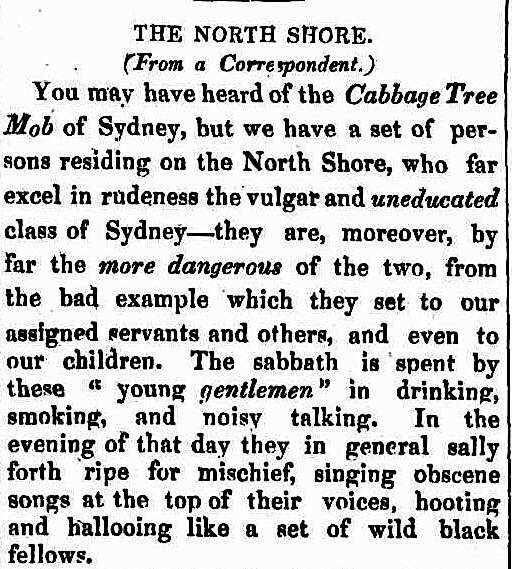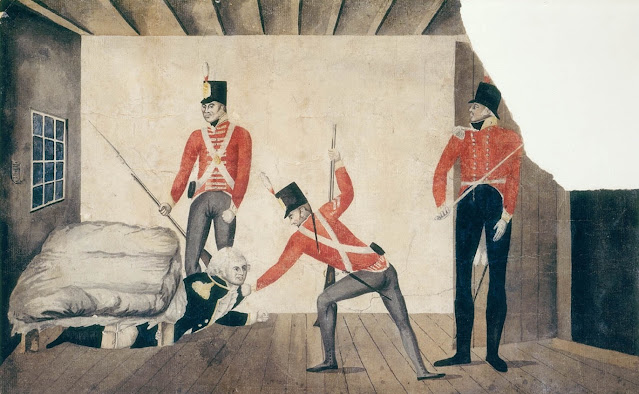A soap opera is usually defined as a long-running radio or television serial with the same cast of characters.
Australia's first
successful soap opera was
Bellbird, which ran on the ABC from 1967 to 1977.
Set in the small fictional Victorian rural town of
Bellbird, the script editor of the show, Barbara Vernon, who lived some of her life in Inverell, N.S.W., said that Bellbird was an amalgam of every small town she and the other writers had known.
Watching Bellbird today shows us how much time has changed the "typical" country town of Australia.
Number 96, TV series ran from 1972–1977, set in Paddington, NSW, was raunchy, with frontal nudity and
exploration of taboo subject matters.
Gay lawyer Don Finlayson, played by Joe Hasham in
Number 96, had the first gay kiss between two men on primetime TV.
In 1974, an average of 2.4 million Australians watched each episode (
1.).
While today
Number 96 is regarded as
trailblazing. In 1977, an article in the
Tribune wrote:
Number 96, TV's soppiest
soap opera, is finally to die.
Some of us would question
whether it was ever alive, but
that's another issue.
I found its solution in ultra cheap tele for the masses. Cheap
scripts, cheap sets, cheap filming schedules . And just
enough cheap thrills to keep the ratings up.
Another soap with adult content was
The Box, which ran from 1974 to 1977, exploring the lives of the people in a fictitious television station, Channel 12. Notably, the scheming bisexual Vicki Stafford (Judy Nunn) kissies a teenager Felicity (Helen Hemingway).
The Sullivans, which ran from 1976 to 1983, was a
quality, critically acclaimed production about a fictional family from Melbourne and the effects of the Second World War.
A 1978 newspaper article wrote:
For a picture of war trodden Australia,
"The Sullivans" is a must for viewing. It
presents a unique quality of realism both
in setting and dialogue. The characters
grow and while there is much "soapiness"
in this soap opera, it manages to
generate a warm communication between
the cast and the audience. The trouble is
that the programme risks becoming boring. (
2.)
A Country Practice screening from 1981 to 1994 followed a medical practice in the fictional regional town of Wandin Valley.
The series was shown in Britain, Eire, Italy, West Germany, the USA, Zimbabwe, Zambia, Malta and Hong Kong. (
3.)
Social, medical and moral issues were
explored. For example, nurse Jenny Austin is found HIV positive in a staff health check, and she confronts her fiancé.
Other soaps to develop storylines around gay, lesbian characters, and HIV were The Flying Doctors, Blue Heelers, Neighbours and Home and Away.
Neighbours began in 1985 revolving around the domestic lives of people who live and work in fictional Erinsborough.
A newspaper article in 1988 said:
Australian television soap opera Neigh
bours has doubled its daily audience to
14 million in three weeks and is now the
third most popular program on British
TV...... (
4.)
Another article wrote:
The show operates
on two levels - establishing a social
ideal to be strived for, while
simultaneously appealing to
viewers' sense of their own world.
Some sociologists have seen the
programs 'realism' as a source of
success. Yet the scenario it portrays
is far from real.
A 'perfect' world
Neighbours is set in an exclusively
Anglo-Celtic world, the mythical
suburb of Erinsborough. It tells the
continuing story of a handful of
lower middle class families in
Ramsay Street,
The Neighbours community is
idealised and self contained. (
5.)
Feminist Germaine Greer has said on a
discussion of Shakespeare: “He exists to call into question all our certainties. He’s not writing scripts for (UK soap)
EastEnders or
Neighbours. He’s actually making you think”.
Neighbours helped launch the careers of Kylie Minogue, Jason Donovan, Natalie Imbruglia, Alan Dale, Margot Robbie, Russell Crowe, The Hemsworth brothers, and Holly Valance.






























